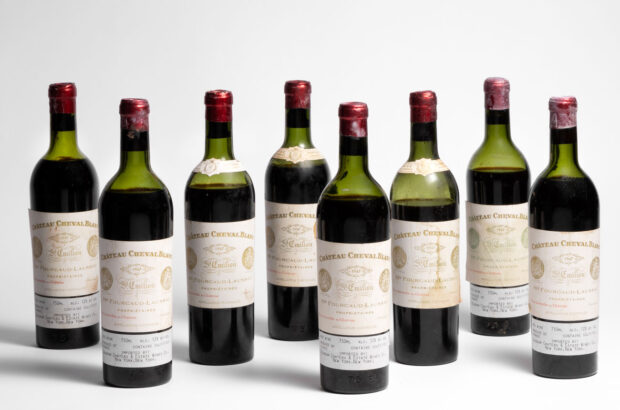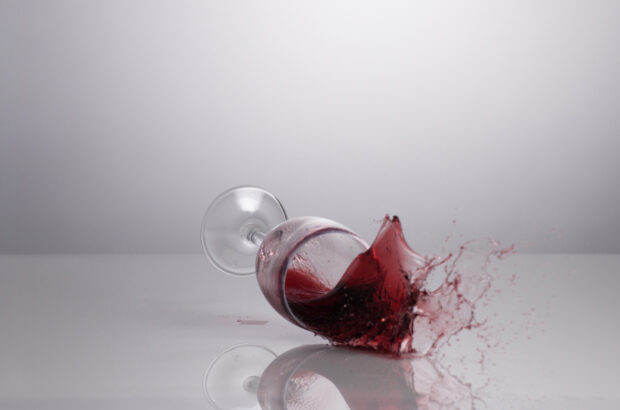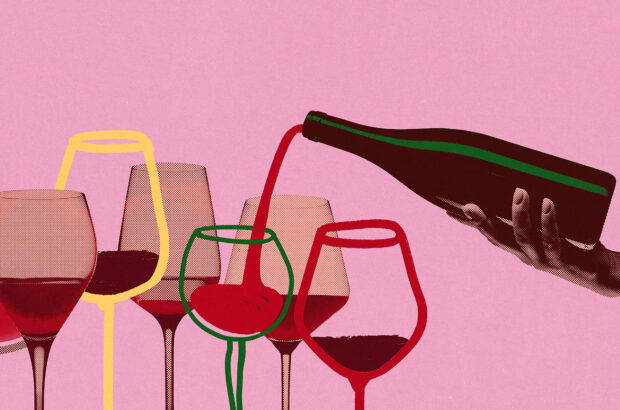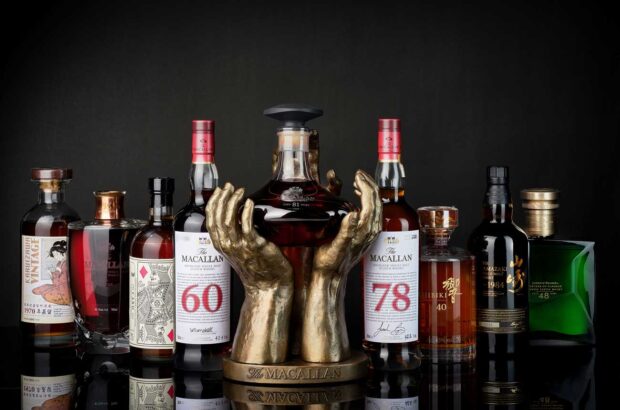The third Sunday of June might be Father’s Day but the third Friday is a special date for wine lovers: International Drink Chenin Blanc Day. Since the first edition of the Chenin Congress, the Fédération Viticole Anjou Saumur, has further extended celebrations for the whole third week of June under the hashtag #FandeChenin.
Time to celebrate the Loire native, South African pioneer variety in all its characterful diversity. And a great pretext to explore the many styles and producers that have earned it worldwide fame.
Indigenous to the Loire, rooted in South Africa
Chenin Blanc is indigenous to the Loire, where it has been grown for centuries, possibly more than a millennium. The French Renaissance polymath, and Touraine native, François Rabelais (1494–1553) mentions the variety, both as Chenin and its common Loire synonym Pineau, in his writings. Other local synonyms were Anjou, Plant d’Anjou, Gros Pineau, Pineau d’Anjou and Pineau de la Loire. The variety’s enduring name has its most likely origin in the monastery of Montchenin, from where it was propagated across the Touraine region, to then return to its birthplace in Anjou under its new name.
However, although Chenin Blanc has its historical origin in the Loire, where its most classical and diverse expressions hail from, it found a second spiritual home in South Africa, the country where some of the variety’s oldest plants, dry-farmed bush vines, can be found.
Further afield, Chenin Blanc can also be found in California’s Central Valley (although mostly for the production of cheap wines from high-yielding vineyards), Australia, New Zealand and throughout South America.

Classical versatility
Chenin Blanc shares important characteristics with Chardonnay and Riesling; it has the former’s capacity to respond to different winemaking approaches without losing its character, and the latter’s ability to express minute terroir variations and produce wines across a range of styles. With both, it shares the medium to high acid and the adaptability to different growing conditions, expressed through an aromatic spectrum that ranges from stern minerality to ripe orchard fruit. As such, although perhaps not as highly regarded as those other two historical counterparts, Chenin Blanc can rightly be placed among the wine canon’s must-know classical varieties. Its long history and the quality and diversity of the wines it produces certainly justify it!
The fact that it is a vigorous and fertile grape (although vigour is greatly impacted by soil type) made it a favourite of growers in high production areas such as the Californian and Chilean Central Valleys. But it is on poor challenging terroirs – like Loire’s Savennières schist slopes – where yields are naturally kept in check, that Chenin thrives. In cooler climates, allowed to hang on the vine long, its susceptibility to noble rot produces some of the world’s most elegant and balanced sweet wines.
The latter is the case in the middle of the Loire valley, where Chenin Blanc dominates (further inland Sauvignon Blanc is the main variety, and Melon de Bourgogne reigns supreme as the river meets the Atlantic) and it produces wines across an excitingly diverse range of styles; from traditional method sparkling to age-worthy botrytised sweets, by way of mineral-driven whites that could not speak more of terroir.

In South Africa, where one in every five vines is a Chenin Blanc (or Steen, as it is known locally) plant, the variety was, for a long time, material for less than interesting cheap plonk. In the last decade of the 20th century, however, a renewed interest in the country’s unique stock of old vines – which prompted the creation of the Certified Heritage Vineyards programme – along with a burgeoning community of young, quality-minded producers, has elevated it to national treasure. Names like Ken Forrester, AA Badenhorst, David & Nadia, Eben Sadie and Mick and Jeanine Craven, are producing world-leading examples, focusing on the quality of fruit from historial bush-trained plots and experimenting with skin-maceration and fermentation/ageing in different vessels.
Ten Chenin Blanc wines to try:
Wines tasted and rated at Decanter World Wine Awards 2023, ordered by score, in descending order.
Bellingham Wines, Freda The Founder Series, Coastal Region, South Africa 2021
Platinum, 97 points
Quite a tropical bouquet displaying scents of green mango, banana and orchard fruit, yellow apples and peaches, framed by elegant sweet spices. Succulent and vibrant on the palate, very energetic, nice weight and gentle texture. Alc. 13.5%
Domaine Des Petits Quarts, Clos Des Melleresses, Bonnezeaux, Loire, France 2021 (Sweet)
Platinum, 97 points
Layers of sumptuous candied orange peel and rich honeyed citrus fruit; caressingly rich and lavish with a hugely concentrated, mouthwatering texture and a seamlessly fresh, contrasting line of acidity. Delectable, delicious and endless. Alc 11.5%
Domaine Fournier Longchamps, Savennières-Roche aux Moines, Loire, France 2020
Gold, 96 points
Stunning quince and honeyed fruit aromatics with a searing chalky mineral core; rich and generous with a bright seam of acidity and a long lasting finish. Alc. 13.5%
Domaine Couamais, Cuvée Suprême Brut, Vouvray, Loire, France 2018 (Sparkling)
Gold, 95 points
Gorgeous and characterful with a core of toasty honeyed notes and a juicy apple freshness; complex and generous with a vibrant zip of minerality on the finish. Alc 12.5%
Quest Wines, Old Vine Chenin Blanc, Breedekloof, South Africa 2022
Gold, 95 points
Pleasant and attractive aromas of ripe yellow pear, melon, pineapple, peach, quince and hints of white blossom. Crisp on the palate, showing tension, very long. Alc. 12.5%
Fairview Wines, La Beryl Blanc, Paarl, South Africa 2022 (Sweet)
Silver, 92 points
Aromatic nose of Turkish delight, potpourri, toffee, dried mango, elderflower and vanilla. Big and concentrated, quite rich, supported by lively acidity. Alc. 13.2%
Viña Longavi, Cementerio, Maule, Chile 2021
Silver, 92 points
Impressive nose. Quite complex aromatics showing ripe stone fruit, plum skins, honeydew melon and waxy notes. Creamy palate, tangy finish. Alc. 14%
Domaine Louis Bovard, Salix Chenin Blanc, Lavaux, Vaud, Switzerland 2020
Silver, 90 points
A medley of orchard fruit and roasted almonds gives way to a creamy, ripe palate underscored with a mouthwatering acidity. Alc. 14.5%
Maison Laudacius, Cuvée Réservée Brut, Montlouis-sur-Loire, Loire, France NV (Sparkling)
Silver, 90 points
Ripe, honeyed pear and citrus aromas with a gentle mousse, a juicy palate and a long, elegantly austere finish. Alc. 12.5%
Langetwins, Merrill Vineyard Chenin Blanc, Clarksburg, California, United States 2022
Bronze, 86 points
Honey blossom aromas with rich stone fruit notes, Rounded palate with a long pithy finish. Alc. 12%








